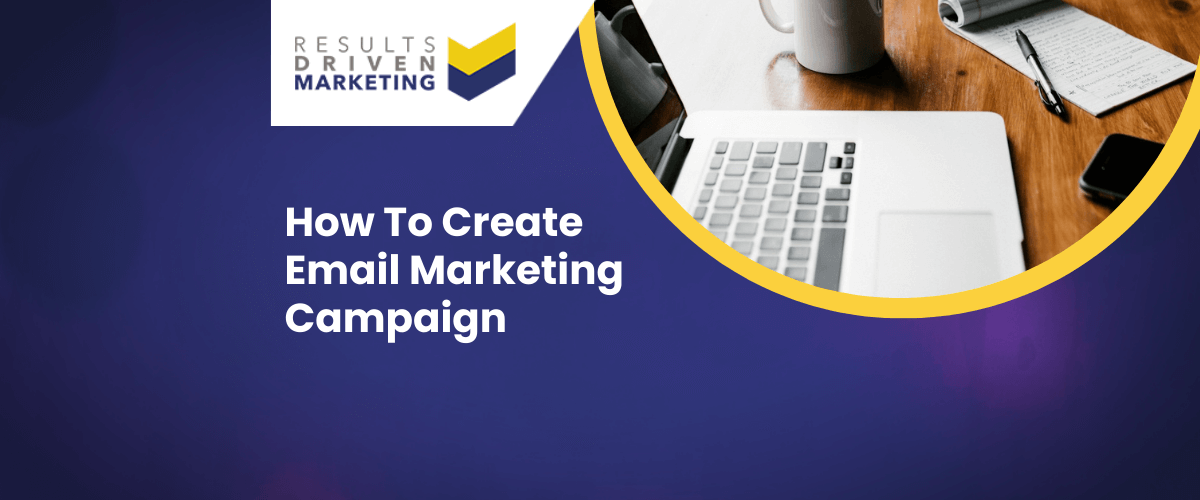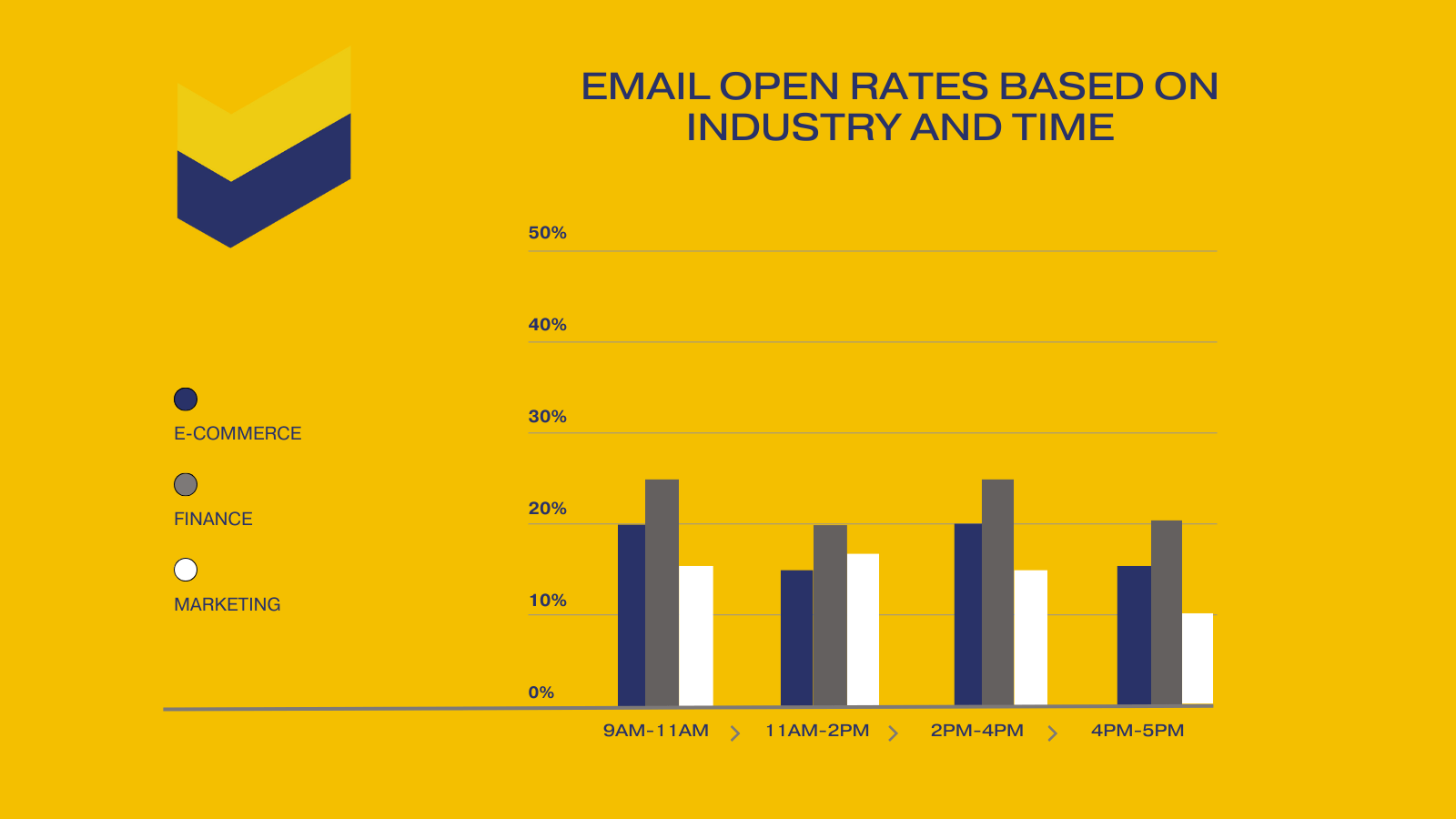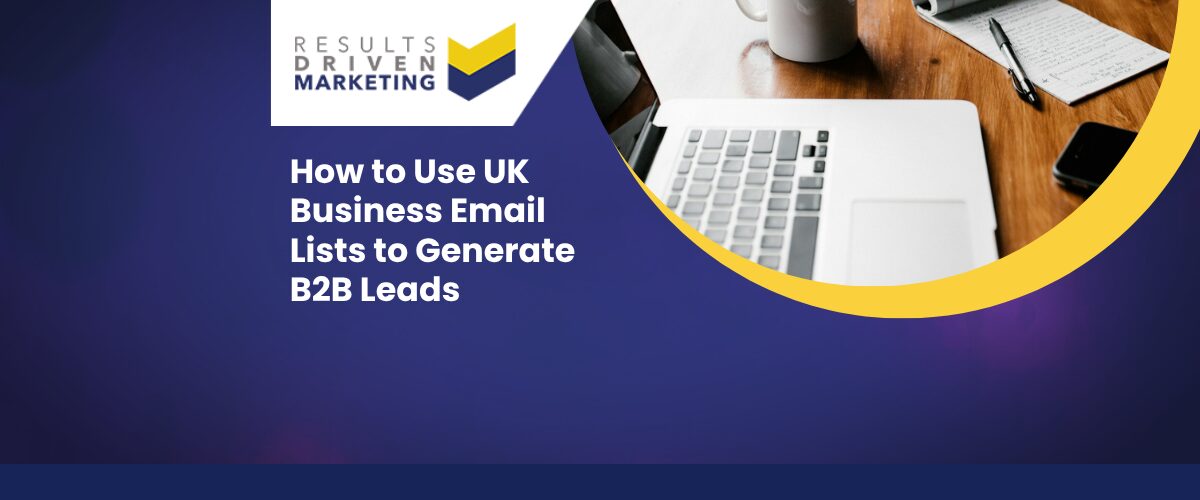
How To Create Email Marketing Campaign
The power of email remains undiminished, acting as a direct line to your audience’s inbox and, more importantly, their attention. But how does one harness this power effectively?
The answer lies in crafting a compelling email marketing strategy. If you’ve ever wondered how to seamlessly create an email marketing campaign that not only captures interest but also drives results, you’re in the right place.
This comprehensive guide will walk you through every step, ensuring that by the end, you’ll be well-equipped to create email marketing campaigns that truly resonate. Dive in and let’s embark on this journey together!
Table of contents:
What is an email marketing campaign?
An email marketing campaign, in its simplest form, is a series of emails sent to a specific group of people with a particular purpose in mind. Think of it as a digital journey you’re guiding your audience through, from the initial introduction to the final call to action. These campaigns can range from promotional emails announcing a new product launch to educational newsletters providing valuable insights. But the core essence remains the same: it’s all about connecting with your audience, right in their inbox.
Why are email marketing campaigns important?
- Direct Line of Communication: Email marketing campaigns offer businesses a direct line of communication to their audience. Unlike social media, where algorithms can dictate what content gets seen, emails land directly in the recipient’s inbox, ensuring higher visibility.
- Personalised Engagement: With the right tools and strategies, email campaigns can be tailored to each recipient, offering a level of personalisation that’s hard to match in other marketing channels. This personal touch can significantly boost engagement rates.
- Cost-Effective: When considering how to create an email marketing campaign, one can’t ignore the cost benefits. With a relatively low investment, businesses can reach a vast audience, making it one of the most cost-effective marketing strategies available.
- Measurable Results: One of the standout features of email marketing campaigns is the ability to track and measure results. From open rates to click-through rates, businesses can gather valuable data, helping them refine and improve their strategies over time.
In essence, email marketing campaigns are not just a tool but a powerful weapon in a business’s arsenal. When executed correctly, they can drive significant results, fostering lasting relationships with customers and driving business growth. So, if you’re pondering over how to create an email marketing campaign that resonates, you’re on the right track. Stay tuned as we delve deeper into the intricacies of crafting a successful campaign.
Advantages and Disadvantages
Embarking on the journey of email marketing? Well, like any other strategy, it’s essential to weigh the pros and cons. Understanding both sides of the coin will not only help you make informed decisions but also craft campaigns that truly resonate.
What are the advantages of creating an email campaign?
- High ROI: One of the standout benefits of email marketing campaigns is the impressive return on investment. For every pound spent, businesses often see a substantial return, making it a lucrative strategy.
- Targeted Messaging: Wondering how to create an email marketing campaign that hits the mark? With email, you can segment your audience based on various criteria, ensuring that your message reaches the right people at the right time.
- Builds Trust and Loyalty: Regular communication through emails can foster a sense of trust and loyalty among your audience. It’s a platform where you can share valuable insights, updates, and offers, keeping your brand top-of-mind.
- Flexibility: The beauty of email campaigns lies in their flexibility. Whether you’re announcing a new product, sharing a success story, or simply sending out a festive greeting, the platform moulds itself to fit your needs.
- Easy Tracking and Analysis: With the plethora of tools available, tracking the success of your email campaigns has never been easier. From open rates to conversions, you get a clear picture of what’s working and what’s not.
What are the disadvantages of creating an email campaign?
- Over Saturation: With businesses bombarding inboxes daily, there’s a risk of your emails getting lost in the clutter. It’s a challenge to stand out and grab attention amidst the noise.
- Spam Filters: Even if you’ve crafted the perfect email, there’s no guarantee it’ll reach the recipient’s inbox. Spam filters can sometimes misjudge and send your emails to the dreaded spam folder.
- Requires Consistent Effort: While figuring out how to create an email marketing campaign might seem straightforward, maintaining consistency and quality requires effort. It’s not a one-off task but a continuous endeavour.
- Potential for Negative Feedback: With every email sent, there’s a risk of negative feedback. Whether it’s an unsubscribe request or a not-so-pleasant reply, it’s something businesses need to be prepared for.
- Technical Hurdles: From designing responsive email templates to ensuring compatibility across various email clients, technical challenges can sometimes hinder the smooth execution of campaigns.
In conclusion, while email marketing campaigns offer a plethora of benefits, they come with their set of challenges. However, with the right approach, tools, and a clear understanding of how to create an email marketing campaign that resonates, the advantages far outweigh the disadvantages.
Delving Deeper into Email Campaigns
As we journey further into the realm of email marketing, a few pressing questions often come to the fore. Is it genuinely worth the effort? What should one keep in mind while crafting these campaigns? And, if not email, then what? Let’s unravel these queries, one by one, and shed some light on the intricacies of email campaigns.
Is creating an email campaign a good idea?
Absolutely! But let’s not just take it at face value. Here’s why:
- Direct Engagement: Email campaigns offer a unique opportunity to engage directly with your audience. It’s like having a one-on-one conversation, but at scale.
- Cost-Effective: When you ponder on how to create an email marketing campaign, the costs involved might surprise you—in a good way. With minimal investment, the potential returns can be substantial.
- Controlled Messaging: Unlike other platforms where your message might get lost or diluted, with email, you have complete control over the narrative.
- Data-Driven Insights: The feedback loop with email campaigns is swift. You send out an email, and soon you have data pouring in, helping you refine and optimise for better results.
What are the key considerations when creating an email campaign?
Embarking on the journey of crafting an email campaign? Here are some pivotal points to keep in mind:
Audience Segmentation: Before you even begin to think about how to create an email marketing campaign, understand your audience. Segment them based on preferences, behaviours, or demographics.
Content Quality: It’s not just about sending emails; it’s about sending valuable content. Ensure your content is relevant, engaging, and offers something of value to the reader.
Design and Responsiveness: Your emails should look good, not just on desktops but across devices. A responsive design ensures your message gets through, irrespective of where it’s viewed.
Testing and Optimisation: Never settle. Always test different versions of your emails, be it subject lines, content, or call-to-actions. The goal is continuous improvement.
Regulations and Compliance: Last but certainly not least, be aware of email regulations like GDPR. Ensure you have the necessary permissions and are compliant with the law.
What are the alternatives to creating an email campaign?
While email campaigns are undeniably powerful, they’re not the only tool in the shed. Here are some alternatives:
- Social Media Marketing: Platforms like Facebook, Twitter, and LinkedIn offer businesses a chance to engage with their audience in a more informal setting.
- Content Marketing: Blogs, videos, podcasts—creating valuable content can help businesses establish authority and drive organic traffic.
- Paid Advertising: From Google Ads to sponsored content, paid advertising can offer quick results, albeit at a cost.
- Webinars and Virtual Events: Especially relevant in today’s digital age, these can help businesses engage with their audience in real-time.
- Affiliate Marketing: Partnering with influencers or other businesses can help expand your reach and tap into new audiences.
In essence, while email campaigns are a potent tool, they’re part of a broader digital marketing ecosystem. Depending on your goals, audience, and resources, you might find a mix of strategies to be the most effective.
Types and Examples of Email Campaigns
Navigating the vast ocean of email marketing can sometimes feel overwhelming. But fret not! By understanding the different types of campaigns and drawing inspiration from some standout examples, you’ll be well on your way to mastering the art of email marketing. So, let’s dive in and explore the myriad ways on how to create an email marketing campaign that truly shines.
Types of email marketing campaigns
When you’re pondering over how to create an email marketing campaign, it’s essential to understand the different types available:
Newsletters: Regular updates sent to subscribers, often containing news, articles, and other relevant content.
Promotional Campaigns: These emails highlight special offers, discounts, or promotions currently running.
Welcome Emails: The first email a subscriber receives, setting the tone for future communications.
Transactional Emails: Triggered by specific actions, like order confirmations, shipping notifications, or password resets.
Re-engagement Campaigns: Targeted at subscribers who haven’t interacted with your emails in a while, aiming to bring them back into the fold.
Email Marketing Campaign Examples
Drawing inspiration from others can often pave the way for your own success. Let’s explore some standout email campaign examples:
- BuzzFeed: ‘BuzzFeed Today’ Newsletter: A delightful mix of entertainment and information, this newsletter keeps readers engaged with catchy headlines and bite-sized content.
- Uber: Calendar Integration: Uber’s emails seamlessly integrate with users’ calendars, offering timely ride reminders for scheduled events.
- TheSkimm: Subscription Anniversary: Celebrating milestones, TheSkimm sends out special emails on the anniversary of a user’s subscription.
- Mom and Dad Money: Get to Know Your Subscribers: A personal touch, these emails aim to understand subscribers better, tailoring future content to their preferences.
- Poncho: Custom Weather Forecast: Poncho offers tailored weather updates, ensuring users are always prepared for the day ahead.
- Birchbox: Co-marketing Promotion: Collaborating with other brands, Birchbox offers exclusive promotions, adding value for subscribers.
- Postmates: Order ETAs: Keeping users in the loop, Postmates sends real-time updates on order statuses.
- Dropbox: User Reengagement: Targeting inactive users, these emails highlight new features and offer incentives to return.
- InVision App: Weekly Blog Newsletter: Packed with valuable insights, InVision’s newsletter offers a weekly dose of design inspiration.
- Warby Parker: Product Renewal: Timely reminders for product renewals ensure users never miss out.
- Brooks Sports: Desiree Linden’s Boston Marathon Victory: Celebrating achievements, these emails foster a sense of community among subscribers.
- RCN: Storm Update: Offering real-time updates during adverse weather conditions, ensuring users stay informed and safe.
- Athleta: Cart Reminder: Gently nudging users to complete their purchases, these emails can boost conversion rates.
- Harpoon Brewery: Happy Holidays: Seasonal greetings add a personal touch, fostering goodwill among subscribers.
- Paperless Post: Mother’s Day Reminder: Timely reminders for special occasions ensure users never miss out on sending their best wishes.
- Cook Smarts: Weekly Product Newsletter: Offering weekly recipes and cooking tips, these emails add value for subscribers.
- Flock: Product Retention: Highlighting product features and benefits, these emails aim to reduce churn rates.
- OfficeMax: Back-to-School Sale: Seasonal promotions targeting specific user segments can drive significant sales.
By understanding the different types of email campaigns and drawing inspiration from these examples, you’ll be well-equipped to craft campaigns that resonate with your audience. Remember, it’s all about adding value, building relationships, and staying true to your brand’s voice.
Best Practices and Tools
As we delve deeper into the world of email marketing, it becomes evident that success isn’t just about crafting compelling content. It’s also about understanding and implementing best practices and leveraging the right tools. After all, knowing how to create an email marketing campaign is just the beginning. Ensuring its success is where the real challenge lies. So, let’s explore some tips, best practices, and tools that can elevate your email marketing game.
Tips for a successful email marketing campaign
Know Your Audience: Before you even begin to think about how to create an email marketing campaign, invest time in understanding your audience. What are their preferences? What challenges do they face? Tailor your content to resonate with them.
Engaging Subject Lines: Your subject line is the first thing recipients see. Make it catchy, relevant, and intriguing enough to prompt them to open the email.
Mobile Optimisation: With a significant chunk of emails being opened on mobile devices, ensure your emails are mobile-friendly.
Personalisation: Personalised emails tend to have higher open and click-through rates. Use the recipient’s name, tailor content based on their preferences, and make them feel valued.
Consistent Scheduling: Whether you’re sending out weekly newsletters or monthly updates, maintain consistency. It helps set expectations and builds trust.
Best practices for email marketing campaigns
- Segmentation: Segment your email list based on various criteria like demographics, purchase history, or engagement levels. It allows for more targeted and relevant communication.
- Clear Call-to-Action (CTA): Every email should have a clear and compelling CTA, guiding the recipient on what to do next.
- Avoid Spam Triggers: Be mindful of words or phrases that might trigger spam filters. Also, ensure you’re compliant with email regulations.
- A/B Testing: Test different versions of your emails to see what resonates best with your audience. It could be different subject lines, content layouts, or CTAs.
- Analytics: Regularly review your email campaign analytics. Understand open rates, click-through rates, and other metrics to refine your strategy.
Email marketing campaign tools
The are so many email marketing platforms available, but one stands above the rest. Responder.
Touted as the UK’s number one email marketing platform, Responder has carved a niche for itself, offering a plethora of benefits to businesses big and small. Let’s dive in and explore the myriad advantages of using Responder.
User-Friendly Interface One of Responder’s standout features is its intuitive interface. Even those new to the world of email marketing can navigate its dashboard with ease, setting up campaigns, segmenting lists, and analysing results without breaking a sweat.
Robust Analytics In the age of data-driven marketing, Responder shines bright. The platform offers comprehensive analytics, allowing businesses to track open rates, click-through rates, and conversion metrics. This data-driven approach ensures that brands can tweak and optimise their campaigns for maximum impact.
Personalisation at its Best Responder understands that today’s consumers crave personalised experiences. The platform offers advanced segmentation tools, ensuring that every email is tailored to the recipient’s preferences and behaviours. This level of personalisation boosts engagement and fosters brand loyalty.
Mobile Optimisation With a significant chunk of emails being opened on mobile devices, Responder ensures that every email looks impeccable, regardless of screen size. Their templates are designed to be mobile-responsive, ensuring a seamless experience for the end-user.
Seamless Integrations Responder plays well with others. The platform seamlessly integrates with a host of third-party applications, from CRM systems to e-commerce platforms. This interoperability ensures that businesses can streamline their operations and manage their marketing efforts under one unified umbrella.
Compliance Made Easy In the ever-evolving landscape of data protection and privacy laws, Responder ensures that businesses remain compliant. The platform adheres to the latest regulations, offering features like double opt-in and easy unsubscribe options, ensuring that brands can focus on crafting compelling content without fretting over legalities.
Top-Notch Customer Support Responder’s commitment to its users doesn’t end once the campaign is sent. The platform boasts a stellar customer support team, ready to assist with any queries or issues. Whether it’s a technical glitch or a strategy question, Responder’s team is just a call or click away.
Continuous Learning Responder is not just a tool; it’s a learning hub. The platform offers a plethora of resources, from webinars to tutorials, ensuring that users can continuously upskill and stay abreast of the latest trends in email marketing.
Book a call to find out how Responder can revolutionise your email marketing campaigns
Components for Success
In the vast landscape of email marketing, understanding the nuts and bolts of how to create an email marketing campaign is just the tip of the iceberg. The real magic lies in the intricate components that come together to form a cohesive, engaging, and successful campaign. Let’s dive deep and explore the 12 essential components that can transform your email marketing from good to exceptional.
12 Components Needed To Make A Successful Email Marketing Campaign
- Including Instructions In The Email: It’s crucial to guide your readers on what to do next. Whether it’s clicking on a link, filling out a survey, or making a purchase, clear instructions pave the way for higher engagement.
- Customising Content For Your Audience: One size doesn’t fit all. Tailor your content based on your audience’s preferences, challenges, and needs. It adds a personal touch and makes the email resonate more.
- Making The Email Engaging: An engaging email is a mix of compelling content, attractive visuals, and a clear call-to-action. It’s not just about informing but captivating your audience.
- Communicating Openly With Your Audience: Transparency fosters trust. Whether it’s sharing company updates, acknowledging mistakes, or seeking feedback, open communication goes a long way.
- Including Your Customers Interests: Dive into analytics, understand what interests your customers, and incorporate those elements into your emails. It boosts relevance and engagement.
- Using Plain Text In The Emails: While visuals are essential, plain text emails have their charm. They feel personal, are quick to load, and are often preferred by a segment of readers.
- Planning A Clear Strategy For The Campaign: Before you even start thinking about how to create an email marketing campaign, have a clear strategy in place. What’s the goal? Who’s the target audience? What’s the messaging? A well-defined strategy acts as a roadmap.
- Creating A Relevant List: Quality trumps quantity. It’s better to have a smaller list of engaged subscribers than a vast list of disinterested ones. Regularly clean and update your list to ensure relevance. You can buy b2b data from reliable sources like Results Driven Marketing.
- Being Of Service In Your Emails: Offer value. Whether it’s sharing tips, offering discounts, or providing insights, ensure your emails are of service to the readers.
- Having A Good, Engaging Subject Line: The subject line is the first impression. Make it count. It should be catchy, relevant, and make the reader want to open the email.
- Understanding What Your Audience Likes: Dive into analytics, gather feedback, and understand what resonates with your audience. It helps in refining and optimising future campaigns.
- Proofreading Before Sending It Out: Mistakes can be costly. From typos to broken links, ensure your email is flawless before hitting the send button.
In essence, while understanding how to create an email marketing campaign is essential, it’s the finer details, the components, that truly determine its success. By focusing on these 12 components, you’re setting the stage for a campaign that not only reaches but also resonates with your audience.
FAQ
As we journey through the intricacies of email marketing, it’s only natural to have a few queries pop up. After all, when you’re diving into the world of emails, having a handy set of FAQs can be a lifesaver. So, let’s tackle some of the most burning questions about how to create an email marketing campaign.
How to create an email marketing campaign?
Creating an email marketing campaign might seem like a daunting task, but with the right steps, it’s a breeze. Here’s a step-by-step guide to get you started:
Define Your Goals: Before anything else, understand what you aim to achieve. Is it brand awareness? Sales? Or maybe customer engagement? Having clear goals sets the direction.
Know Your Audience: Dive deep into your audience’s preferences, challenges, and needs. Segment them based on various criteria for more targeted communication.
Craft Compelling Content: Remember, content is king. Ensure it’s relevant, engaging, and offers value to the reader.
Design Matters: Make your emails visually appealing. Use images, GIFs, and ensure it’s mobile-friendly.
Clear Call-to-Action: Guide your readers on what to do next. A compelling CTA can significantly boost engagement.
Test and Optimise: Always test different versions of your emails. Understand what works and refine accordingly.
Measure and Analyse: Use analytics to measure the success of your campaign. From open rates to click-through rates, get a clear picture and optimise for better results.
Email Send Check List
So, you’ve crafted the perfect email and are all set to hit the send button. But wait! Here’s a quick checklist before you start sending out your email marketing campaigns:
Is Your List Clean?: Ensure you’re sending emails to engaged subscribers. Regularly clean and update your list.
Subject Line Check: Does your subject line grab attention? Is it relevant and catchy?
Mobile Optimisation: A quick check to ensure your email looks good on mobile devices is crucial.
Links and CTAs: Ensure all links are working, and CTAs are clear and compelling.
Personalisation: Have you added a personal touch? Using the recipient’s name can make a difference.
Spam Check: Ensure your email doesn’t trigger spam filters. Avoid using too many capital letters, excessive exclamation marks, or spammy words.
Send a Test Email: Before sending it to your entire list, send a test email to yourself or a colleague. Ensure everything looks good.
Schedule or Send: Depending on your strategy, either send the email immediately or schedule it for a later time.
In essence, understanding how to create an email marketing campaign is just the beginning. The real challenge lies in executing it flawlessly. With the right approach, tools, and a dash of patience, you’re well on your way to email marketing success. Happy emailing!
Who are we?
Providing b2b database solutions is our passion.
Offering a consultancy service prior to purchase, our advisors always aim to supply a database that meets your specific marketing needs, exactly.
We also supply email marketing solutions with our email marketing platform.
We have the best data of email lists for your networking solutions as well as direct mailing lists & telemarketing lists
A good quality b2b database is the heartbeat of any direct marketing campaign…
It makes sense to ensure you have access to the best!
Call us today on 0191 406 6399 to discuss your specific needs.
Results Driven Marketing
0191 406 6399







